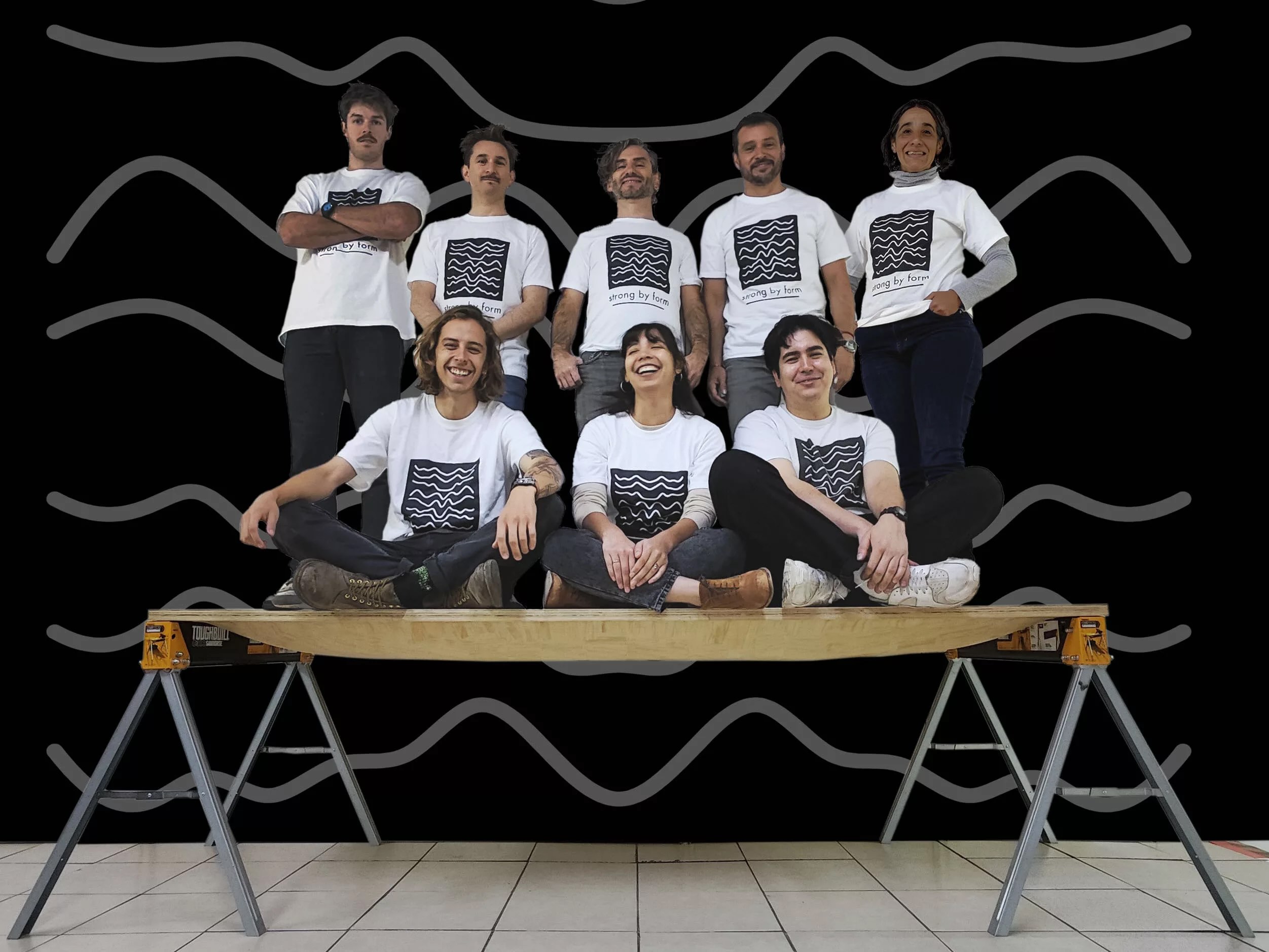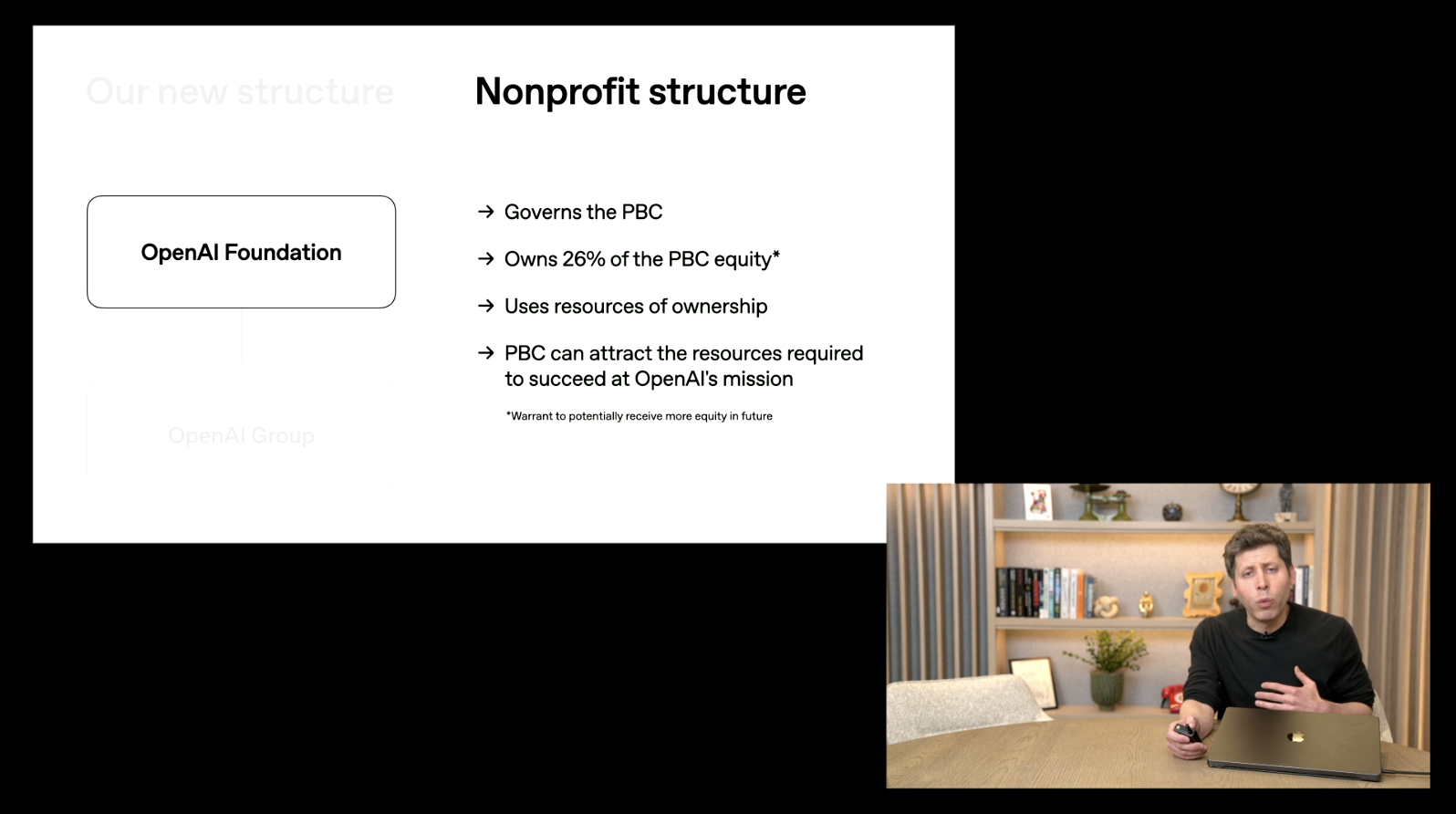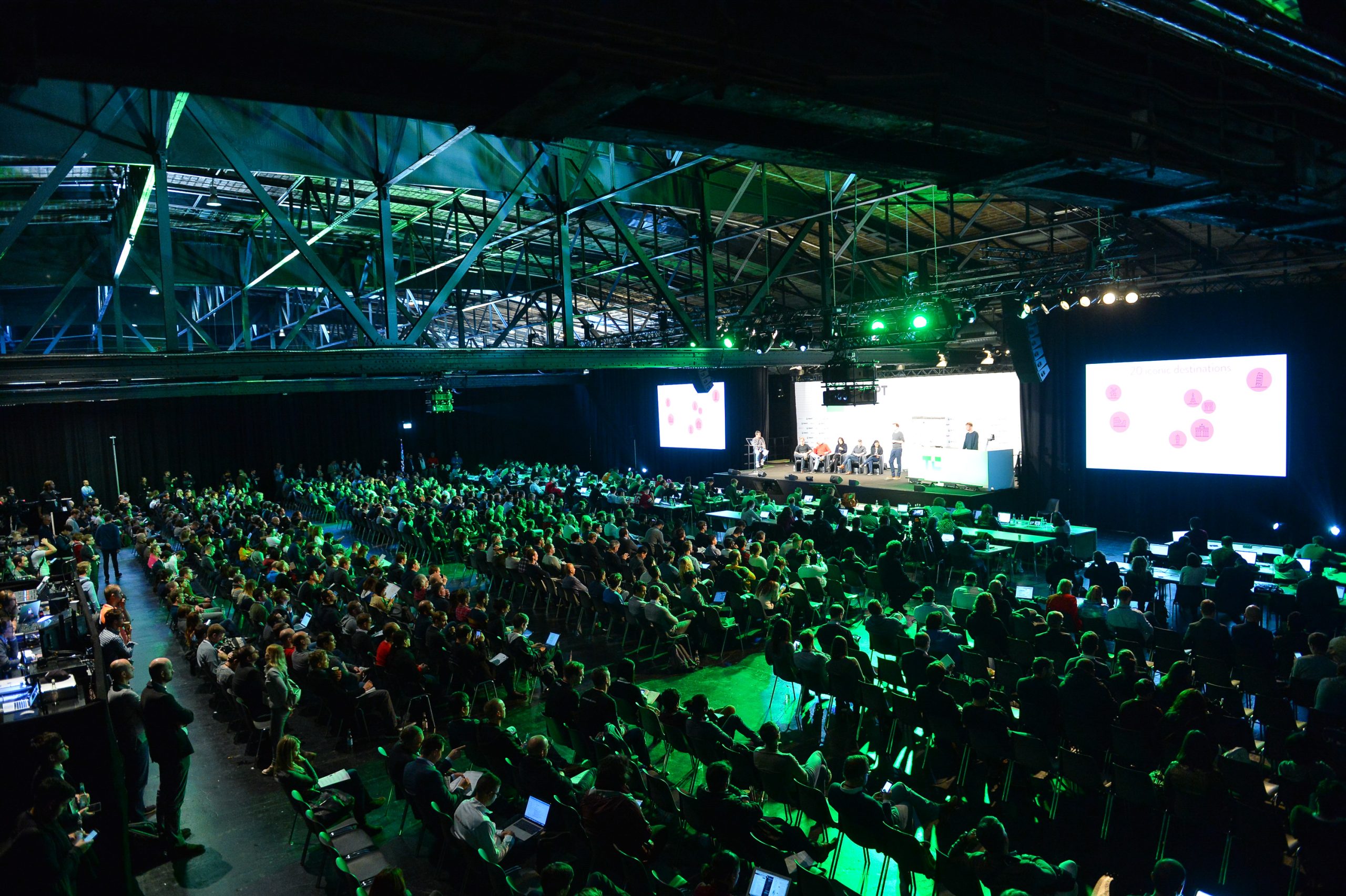
The global construction industry stands at a critical juncture, facing immense pressure to innovate and drastically reduce its environmental footprint. While buildings provide essential infrastructure and shelter, their creation and ongoing operation contribute significantly to climate change. Specifically, the production of materials and the intricate processes involved in erecting structures are responsible for approximately 11% of worldwide carbon emissions, according to assessments by organizations like the World Green Building Council. This staggering figure highlights a profound challenge: how to build the infrastructure required for a growing population without exacerbating the climate crisis.
Amidst this urgent demand for sustainable solutions, a Chilean startup, Strong by Form, is poised to unveil a revolutionary engineered wood product at TechCrunch Disrupt 2025 in San Francisco. This innovation promises to dramatically lighten structural elements in buildings, offering a viable alternative to traditional high-carbon materials like concrete and steel, and potentially reshaping the future of construction.
The Embodied Carbon Imperative
For decades, the focus of green building efforts largely centered on "operational carbon"—emissions generated from a building’s energy consumption for heating, cooling, and lighting throughout its lifespan. However, a more comprehensive understanding of environmental impact has brought "embodied carbon" into sharp relief. Embodied carbon refers to the greenhouse gas emissions associated with the entire lifecycle of building materials, from extraction, manufacturing, and transportation to construction, maintenance, and eventual demolition.
Concrete, a ubiquitous building material since Roman times, is a major contributor to embodied carbon. The production of cement, a key ingredient in concrete, is an energy-intensive process that releases substantial amounts of carbon dioxide. Similarly, steel production, while vital for modern infrastructure, relies on high-temperature processes and often coal-fired energy, leading to significant emissions. As global urbanization continues at an unprecedented pace, the sheer volume of new construction projects means that addressing embodied carbon is no longer merely an option but a necessity.
This recognition has spurred a renewed interest in wood as a primary structural material. Wood, being a natural, renewable resource, sequesters carbon during its growth. When used in construction, it essentially locks that carbon away for the lifespan of the building, making timber construction a powerful tool in climate mitigation.
A Historical Arc: From Forests to Megacities
Humanity’s relationship with wood as a building material dates back millennia. Early civilizations relied on timber for everything from simple dwellings to elaborate temples and ships. The post-industrial revolution, however, saw the ascendancy of concrete and steel, driven by their perceived strength, durability, and ability to enable taller, more complex structures. These materials facilitated the rise of modern skyscrapers and sprawling urban centers, fundamentally altering architectural possibilities and urban landscapes.
Despite the dominance of concrete and steel for much of the 20th century, engineered wood products began to emerge, offering enhanced performance and consistency compared to traditional solid lumber. Plywood, invented in the 19th century, was an early precursor. The latter half of the 20th century and early 21st century witnessed the development of advanced engineered wood forms such as Glued Laminated Timber (Glulam) and Cross-Laminated Timber (CLT). These products involve laminating layers of wood with adhesives to create panels and beams that are stronger, more stable, and dimensionally predictable than natural timber, overcoming some of wood’s inherent limitations.
CLT, in particular, has garnered significant attention in recent years, enabling the construction of multi-story timber buildings that are both aesthetically pleasing and structurally sound. Cities across North America, Europe, and Asia have seen a proliferation of mid-rise and even some high-rise timber structures, pushing the boundaries of what’s possible with wood. However, even with these advancements, a significant gap remains in replacing the full spectrum of structural applications traditionally dominated by concrete and steel, particularly for elements requiring long spans and exceptional strength-to-weight ratios.
Strong by Form’s Innovative Approach
Strong by Form, recognized as a Startup Battlefield Top 20 finalist, aims to bridge this gap. Andrés Mitnik, co-founder and CEO, articulated the company’s vision, stating, "We’re more into hybrid buildings." This pragmatic approach acknowledges that while timber won’t entirely displace concrete and steel in every application, it can, and should, play a far more substantial role in composite structures. The company’s breakthrough lies in its proprietary engineered wood product designed to replace concrete and steel in structural floor systems.
At first glance, Strong by Form’s product might appear familiar to construction professionals. "When a contractor gets it, they see a CLT slab," Mitnik explained. This familiarity is a critical design choice, ensuring seamless integration into existing construction methodologies. The connections and on-site processes are designed to mimic those used with conventional CLT, minimizing the learning curve and adoption barriers for builders.
However, the true innovation lies beneath the surface. Unlike solid CLT, Strong by Form’s panels feature internal cavities, strategically engineered to optimize load-bearing capacity while significantly reducing material usage and weight. The core of this panel consists of wood shavings pressed into a distinctive wavy board. This isn’t just a random arrangement; the company has developed sophisticated software and manufacturing techniques to precisely tweak the size, alignment, and distribution of these wood flakes, bound together by a specialized adhesive. Mitnik describes it as "sort of a next-generation OSB," referring to Oriented Strand Board, another common engineered wood product, but one elevated to a new level of structural performance.
By harnessing and enhancing wood’s natural properties through advanced engineering, Strong by Form has achieved remarkable structural capabilities. Their structural floor pieces can currently span up to 10 meters (approximately 33 feet), a considerable feat when compared to typical CLT floors, which often span only half that distance. Critically, this new product is lighter than traditional concrete, steel, and even conventional engineered wood alternatives, a factor with far-reaching implications for overall building design and cost.
Economic and Environmental Synergy
Introducing a new, advanced material often comes with a higher unit cost, and Strong by Form’s engineered wood is no exception. However, Mitnik emphasizes that the economic benefit isn’t found in the panel’s standalone price, but in the holistic optimization of the entire building structure. "The idea is to create something that is so light it allows you to have an overall optimization of the structure," he noted.
Lighter floor systems translate directly to less demand for heavy foundational elements and supporting structural components like steel beams and concrete columns. This reduction in the overall material volume of the building’s frame can lead to substantial cost savings, effectively offsetting the higher cost of the innovative floor panels. "With those additional savings, we’re able to achieve price parity with concrete," Mitnik asserted. This cost neutrality is a pivotal factor for widespread adoption, making sustainable construction not just an environmental choice but an economically competitive one.
The environmental benefits extend beyond carbon sequestration. Reduced weight means less fuel consumed during transportation of materials to job sites. Furthermore, lighter construction can simplify logistics, potentially speeding up construction timelines and reducing on-site waste.
Scaling Innovation and Future Prospects
Currently, Strong by Form is rigorously testing its 10-meter structural panels to ensure they meet the stringent fire and load ratings required by structural engineers and building codes. This validation process is crucial for gaining regulatory approval and widespread industry acceptance.
Looking ahead, the company plans to raise a Series A funding round, targeting $10 million, to finance the construction of a pilot plant. This facility will be instrumental in scaling production and manufacturing the first pieces for commercial deployment, transitioning from R&D to market readiness.
Interestingly, Strong by Form has also developed a complementary product that serves a dual purpose: a thin, three-millimeter-thick panel intended for non-structural finish applications. This subtly undulating panel is being explored for use in train interiors, where it can contribute to a softer aesthetic while reducing the overall mass of train cars. This smaller, less capital-intensive product has provided a crucial revenue stream. "That has allowed us to fund all the R&D required to do the floors, which is what we really want to scale, because that’s where the impact is," Mitnik revealed, highlighting a shrewd business strategy that leverages early market entry to de-risk and accelerate the development of their core, high-impact innovation.
Market Impact and the Road Ahead
The potential market impact of Strong by Form’s technology is substantial. The global construction market is valued in the trillions of dollars, and even a modest shift towards more sustainable materials can have a profound effect. Architects and developers are increasingly seeking materials that align with stricter environmental regulations and growing consumer demand for green buildings. This new engineered wood product offers designers greater flexibility, allowing for larger open spaces without the heavy structural imposition of traditional materials, potentially influencing architectural aesthetics and spatial planning.
However, challenges remain. The construction industry is often slow to adopt new technologies, burdened by established practices, complex supply chains, and stringent regulatory frameworks. Education will be vital to demonstrate the long-term value, performance, and safety of this new material to engineers, contractors, and building officials. Furthermore, scaling production from a pilot plant to meet widespread demand will require significant capital investment and logistical expertise.
As Strong by Form presents its vision at TechCrunch Disrupt, the broader conversation around sustainable construction gains momentum. The company’s "next-generation OSB" approach represents a significant step forward in the evolution of engineered wood, offering a tangible path toward lighter, more sustainable buildings. By focusing on hybrid solutions and achieving price parity, Strong by Form is not just offering an eco-friendly alternative; it is proposing a commercially viable revolution in how we construct the spaces of tomorrow.




